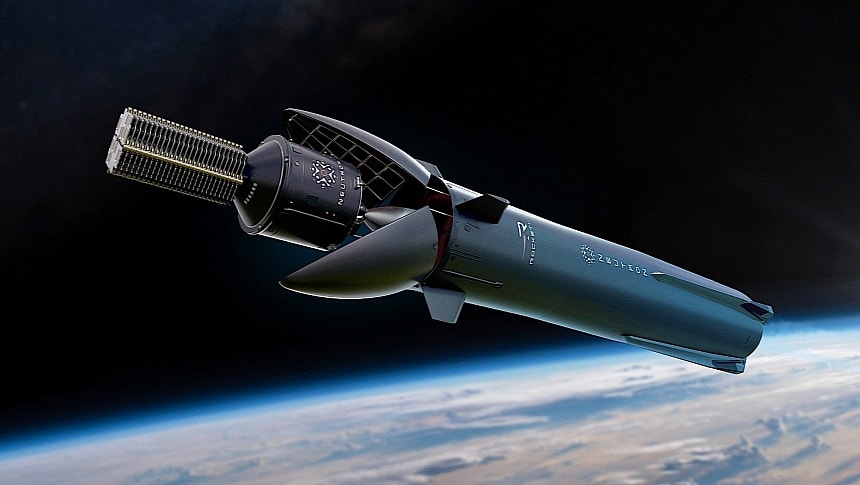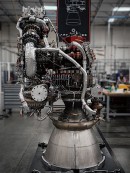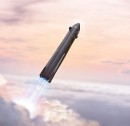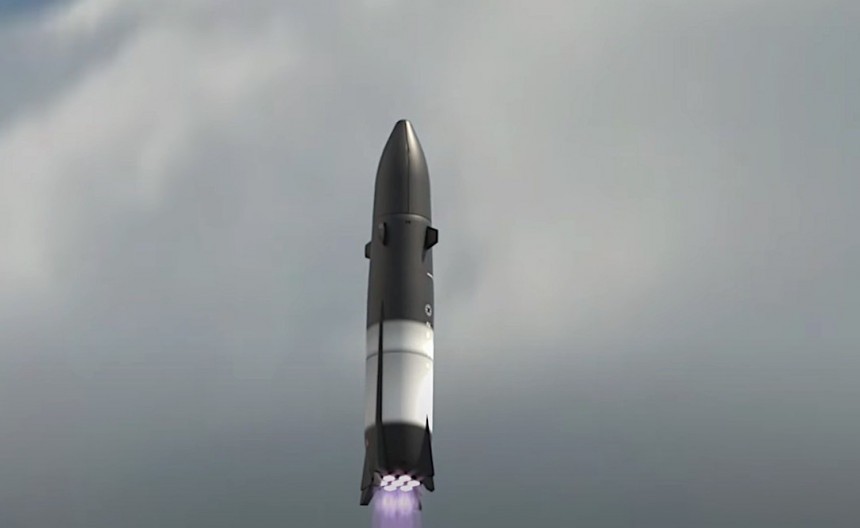Ever since SpaceX made reusability the most desirable trait of a spacefaring operation, all the companies working in this industry have shifted their attention toward making hardware that can fly to space more than once. And that includes a crew called Rocket Lab.
Officially a launch service provider, Rocket Lab was formed in 2006 and. just like SpaceX, rapidly grew into an industry powerhouse. At the moment the group launches stuff into space for paying customers (including NASA and the U.S. Space Force) using a rocket called Electron.
The hardware is described as the only reusable small launch vehicle in operation, and several examples of it have been sent into orbit 47 times already, helping deploy a total of 183 satellites. It is, thus, a piece of technology that has proven its worth and such a thing, oftentimes, leads to an evolution.
That evolution is called Neutron, and unlike the Electron, it is a medium-lift vehicle in the works over at Rocket Lab. It is suitable, at first glance, for the deployment of mega-constellations of satellites, deep space missions, and, if all goes according to plan, even crewed missions to space.
The rocket stands 40 meters (131 feet) tall and it should be capable of lifting 13,000 kg (28,660 pounds) of cargo to low-Earth orbit, or 1,500 kg (3,300 pounds) of materials as far out as Mars.
The rocket was supposed to fly as soon as this year on its inaugural mission, but that plan is no longer in effect, and the new launch date is set for no earlier than the middle of next year. To blame for that is the delay in the development of the rocket's engine, something the world will get to know as the Archimedes.
The company announced earlier this month it had completed "the first full assembly of its Archimedes engine," paving the way for an "intensive test campaign" that will eventually clear the powerplant for operation.
You all know how new rocket engines don't come along very often, so there was no way we would miss talking a bit about this one. Especially given how it promises to be a unique rocket engine in its thrust class.
But let's start with the basics. The Archimedes is, first and foremost, a 3D-printed engine, with a number of critical components made this way: the housings for the turbo pump and valve, the pre-burner, components of the main chamber, and even structural bits.
The inner workings of the hardware are that of a staged combustion cycle powered by oxidizer-rich liquid oxygen and methane. And it is here where its uniqueness lies, as we're told this combination of engine cycle, propellant, and thurst class cannot be seen anywhere else.
Speaking of thrust, a single Archimedes engine is capable of developing 165,000 pounds of thrust. Given how no less than nine of these things will power the Neutron rocket's first stage alone, that's a total of 1.45 million pounds of thrust at liftoff.
A version of the Archimedes will be used to power the rocket's second stage, the one meant to operate in space. Optimized for use in a vacuum, this powerplant can develop on its own 202,300 pounds of thrust.
No matter where they are positioned, the engines have been designed to be able to withstand multiple restarts. In the case of the vacuum version, for instance, power can be turned on and off for up to six times, allowing for the spacecraft to change its orbital position depending on needs.
The stage one Archimedes, on the other hand, will allow for up to 20 launches to be performed using the same setup. That's because the rocket engine "is intentionally designed to operate within medium-range capability, a choice that lowers thermal and operational strains."
Now that the first of the Archimedes engines is assembled (production of more units is underway), Rocket Lab will move to put it through its paces at the NASA Stennis Space Center in Mississippi.
The procedures planned for the coming months include repeated engine system activations that will eventually culminate in a hot fire test at a date yet to be revealed. The powerplant's components and sub-systems will also be under scrutiny.
Separately, the infrastructure needed for the upcoming Neutron is also being built. The rocket will be based and will take off from Wallops Island, Virginia, where Rocket Lab is building a launch pad. To date, concrete foundation work for the launch mount and fuel storage facilities is complete, and a 278-foot (85-meter) water tower is in place.
Elsewhere, at the company's headquarters in Long Beach, California, the facility there is preparing to start full-rate production of the new engine once the tests are ready.
As for the rocket itself, the hardware is approaching mission readiness as well. Rocket Lab says the carbon composite flight structures for the fairing panels are ready, as are the fuel tanks for two stages, and the stage 1 structure.
The hardware is described as the only reusable small launch vehicle in operation, and several examples of it have been sent into orbit 47 times already, helping deploy a total of 183 satellites. It is, thus, a piece of technology that has proven its worth and such a thing, oftentimes, leads to an evolution.
That evolution is called Neutron, and unlike the Electron, it is a medium-lift vehicle in the works over at Rocket Lab. It is suitable, at first glance, for the deployment of mega-constellations of satellites, deep space missions, and, if all goes according to plan, even crewed missions to space.
The rocket stands 40 meters (131 feet) tall and it should be capable of lifting 13,000 kg (28,660 pounds) of cargo to low-Earth orbit, or 1,500 kg (3,300 pounds) of materials as far out as Mars.
The rocket was supposed to fly as soon as this year on its inaugural mission, but that plan is no longer in effect, and the new launch date is set for no earlier than the middle of next year. To blame for that is the delay in the development of the rocket's engine, something the world will get to know as the Archimedes.
You all know how new rocket engines don't come along very often, so there was no way we would miss talking a bit about this one. Especially given how it promises to be a unique rocket engine in its thrust class.
But let's start with the basics. The Archimedes is, first and foremost, a 3D-printed engine, with a number of critical components made this way: the housings for the turbo pump and valve, the pre-burner, components of the main chamber, and even structural bits.
The inner workings of the hardware are that of a staged combustion cycle powered by oxidizer-rich liquid oxygen and methane. And it is here where its uniqueness lies, as we're told this combination of engine cycle, propellant, and thurst class cannot be seen anywhere else.
Speaking of thrust, a single Archimedes engine is capable of developing 165,000 pounds of thrust. Given how no less than nine of these things will power the Neutron rocket's first stage alone, that's a total of 1.45 million pounds of thrust at liftoff.
A version of the Archimedes will be used to power the rocket's second stage, the one meant to operate in space. Optimized for use in a vacuum, this powerplant can develop on its own 202,300 pounds of thrust.
The stage one Archimedes, on the other hand, will allow for up to 20 launches to be performed using the same setup. That's because the rocket engine "is intentionally designed to operate within medium-range capability, a choice that lowers thermal and operational strains."
Now that the first of the Archimedes engines is assembled (production of more units is underway), Rocket Lab will move to put it through its paces at the NASA Stennis Space Center in Mississippi.
The procedures planned for the coming months include repeated engine system activations that will eventually culminate in a hot fire test at a date yet to be revealed. The powerplant's components and sub-systems will also be under scrutiny.
Separately, the infrastructure needed for the upcoming Neutron is also being built. The rocket will be based and will take off from Wallops Island, Virginia, where Rocket Lab is building a launch pad. To date, concrete foundation work for the launch mount and fuel storage facilities is complete, and a 278-foot (85-meter) water tower is in place.
Elsewhere, at the company's headquarters in Long Beach, California, the facility there is preparing to start full-rate production of the new engine once the tests are ready.
As for the rocket itself, the hardware is approaching mission readiness as well. Rocket Lab says the carbon composite flight structures for the fairing panels are ready, as are the fuel tanks for two stages, and the stage 1 structure.
















